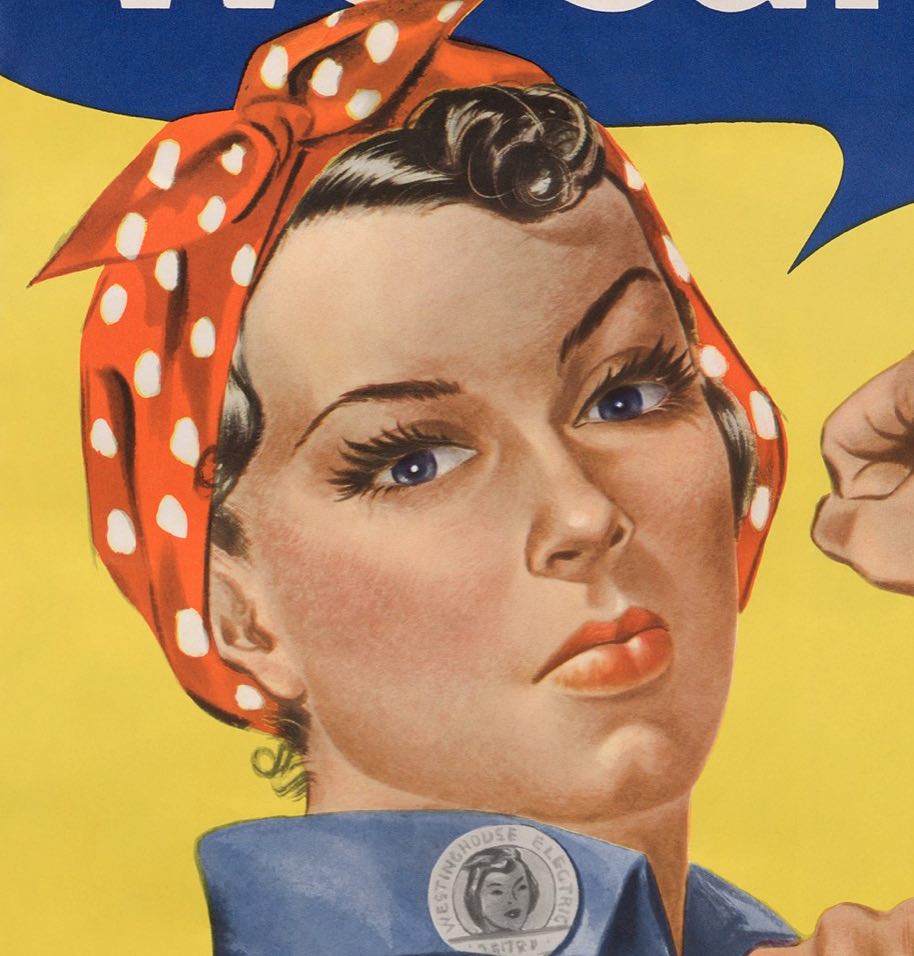BY: ELIZABETH NAGUDI
Staff Writer

I have been thinking, pondering, and wondering what to pen down as my initial opinion article for The Montage. I had a couple of ideas, but none made the cut for my writing moods. This week, we were working on the analysis essay during the college composition class. Bang, I got my idea! I will not bore you with the ups and downs of analyzing any classwork-just a realization of the differences of perspective.
Communication is always risky, and the meaning is always in the sender or the receiver but not the message. This concept made more sense when I exchanged my analysis essay with my neighbor to the left, who presented me with his. Coincidentally, we selected the same ad to analyze, “Get the Power” by Clorox. After reading his first paragraph, which had remarkable coherence and citations, I got utterly lost in the second paragraph. I was quick to draw judgment and comment, “What is the correlation between the ad and housewives?”
For context, the “Get the Power” ad utilizes Rosie the Riveter to symbolize power, given that she strikes a power pose like a bodybuilder trying to show off their muscles (strength). Mark this, “It’s a woman.”
I bet you have seen Rosie the Riveter’s image at some point, but you may not have comprehended why it is famous. History has it that the image which first appeared in the 1940s in a newspaper in Pittsburgh was an artistic impression to attract women to join the labor force, as most men had been recruited into the army for World War II. It’s been “humpty dumpty” to locate who the real woman that was captured is, but all it comes to the fact that the woman portrayed had joined the labor force. The significance of the ad is estimated to have attracted over 27% of women into the workforce compared to the 37% previously in the workforce. Most women at the time were housewives. Furthermore, after World War II, most women who joined the labor force opted to stick in the employment world rather than return to being housewives.
My interpretation of the “Get the Power” ad was that this effectively used the image and passed the right message for the product. The image used seemed great, given that it’s a power pose and symbolically, the detergent has the power to ease the cleaning of any dirt. It passed off as an efficient cleaning product for one to have in their store room.
I rained praises over the ad and felt it was related to the article that also spoke about the great significance of the artistic impression. But I was surprised when I received my neighbor’s paper to read and give him feedback that he had a completely different interpretation of the ad. It actually made sense, and I nearly felt like changing my understanding.
He argued that the image used in the ad was such an abomination and undermined women. He felt like the ad was completely trashing the original use of the artistic impression. The initial use of the artistic image was to draw women into the workforce, but in this case, the ad was drawing women back into housewife status. He created a substantial cause for argument relating to the cleaning aspect of the ad, the detergent, and the use of a woman to represent the product. For a generation where tasks are no longer gender-based, he was disappointed in the ad. He closed off his argument with the statement, “So this ad is naive to the idea of changing demographics; it’s a back step in the progress of equity.”
What more can I say other than we have different perspectives? Those different perspectives significantly affect how we communicate, relate, and see the world.
This incident reminded me of what my oral communication professor said sometime during one of his classes, “If we had a car crash of someone driving a flashy car and we had three witnesses to give an account of what happened, each would give a different version.”
The first person could have been focused on the flashy car and admiring it since it is their dream car and was unaware of the woman crossing the road. The second person could have been physically around but mentally aware and was awoken by the loud hooting and the sudden bang hence witnessing only that point of contact. The third person could have been staring at the woman crossing the road and maybe involuntarily blinked at the point of the accident since they had witnessed another traumatic incident. That is probably why the justice system could also be faulted for using witnesses.
But what makes the world a beautiful place? Our differences give us a reason to go to bed, hoping to wake up the next day! Cheers to more differences in life.










